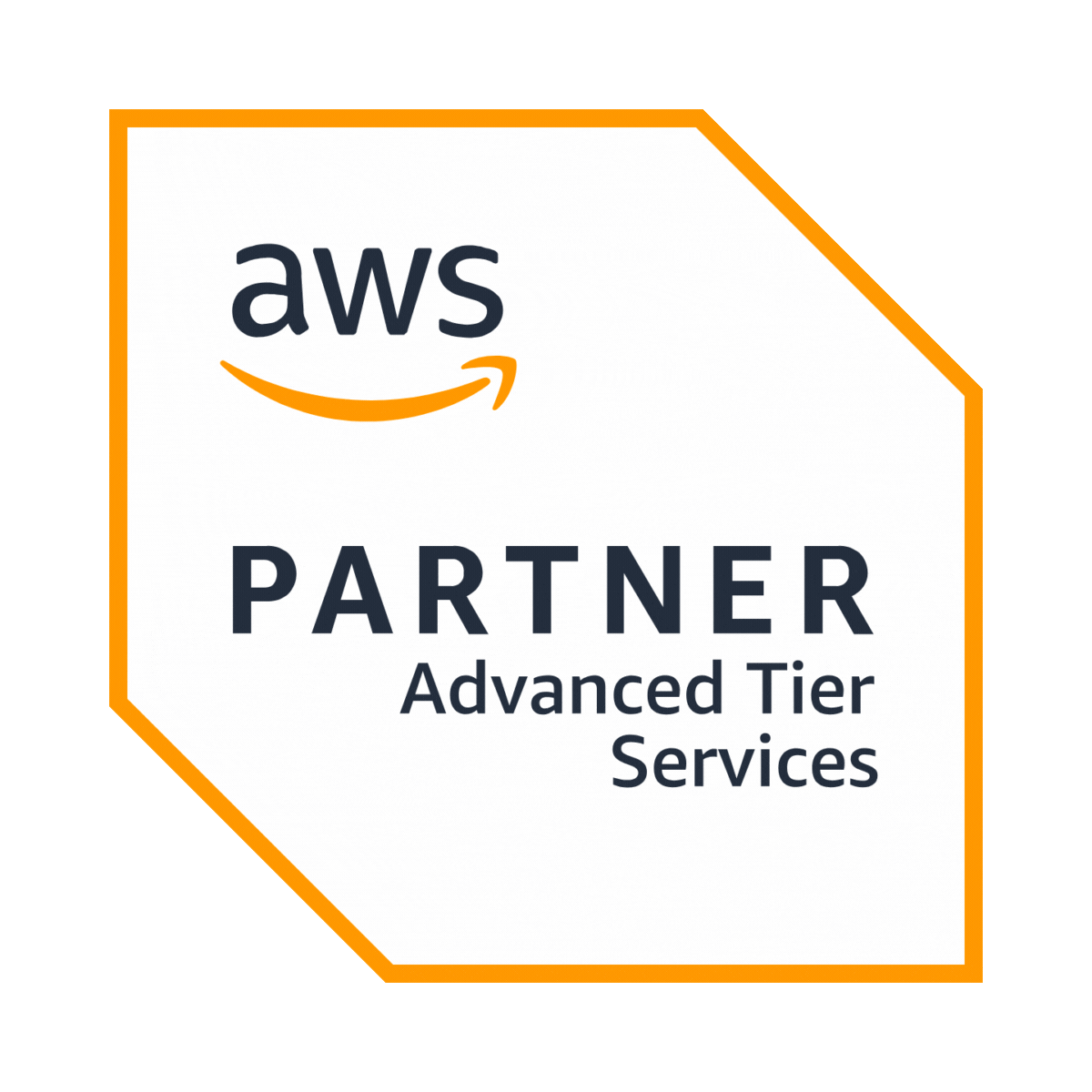The current technological era is dynamic. Businesses constantly seek new ways to optimize their operations, drive revenue growth, and maintain a competitive edge. One strategy that has proven itself in achieving these goals is the adoption of Continuous Integration and Continuous Deployment (CI/CD) practices. In the following blog, we will explore how CI/CD methodologies can revolutionize software development processes, enhance product quality, and ultimately contribute to business success.
Understanding CI/CD
Continuous Integration and Continuous Deployment (CI/CD) represent a paradigm shift in software development, focusing on automation, collaboration, and iterative improvement. At its core, CI/CD encompasses two key principles: continuous integration (CI), which involves the frequent integration of code changes into a shared repository, and continuous deployment (CD), which focuses on automating the release and deployment of such changes to production environments. By streamlining the development lifecycle and promoting a culture of rapid iteration, CI/CD enables organizations to deliver high-quality software solutions with unparalleled speed and efficiency.
Driving Development Velocity
- Streamlined Processes: CI/CD pipelines automate the entire software development lifecycle, from code compilation and testing to deployment and monitoring. By eliminating manual interventions and streamlining repetitive tasks, developers can focus their efforts on writing code and delivering value to customers.
- Rapid Feedback Loops: One of the key benefits of CI/CD is its ability to provide immediate feedback on code changes. Automated testing suites detect errors and regressions early in the development process, allowing teams to address issues immediately and iterate rapidly.
- Agile Iteration: CI/CD fosters an agile development methodology, enabling teams to release small, incremental updates to software applications. This iterative approach encourages experimentation, innovation, and continuous improvement, ultimately leading to better outcomes for both businesses and end-users.
Enhancing Software Quality
- Automated Testing: CI/CD pipelines incorporate comprehensive testing suites, including unit tests, integration tests, and end-to-end tests. By automating the testing process and running tests on every code change, organizations can ensure the reliability and stability of their software products.
- Consistent Environments: CI/CD promotes consistency across development, testing, and production environments by automating deployment processes and configuration management. This consistency minimizes the risk of environment-related issues and ensures that software behaves predictably across different deployment scenarios.
- Continuous Monitoring: In addition to testing, CI/CD pipelines integrate with monitoring tools to track application performance and detect anomalies in real time. Continuous monitoring enables organizations to identify and address performance bottlenecks, security vulnerabilities, and other issues before they impact end-users.

Driving Revenue Growth
- Faster Time-to-Market: By accelerating the software development lifecycle, CI/CD enables businesses to bring new features and products to market more quickly. This speed-to-market advantage allows organizations to capitalize on emerging opportunities and gain a competitive edge in their respective industries.
- Improved Customer Satisfaction: CI/CD empowers organizations to deliver high-quality software solutions that meet the evolving needs and expectations of customers. By continuously iterating and refining their products based on user feedback, businesses can cultivate strong customer relationships and drive customer loyalty and retention.
- Increased Scalability and Reliability: CI/CD practices promote scalability and reliability by automating deployment processes, minimizing downtime, and ensuring consistent performance across different environments. This scalability and reliability are essential for businesses looking to expand their operations and support growing user bases.
Achieving Business Success
- Cost Efficiency: By automating manual processes and optimizing resource utilization, CI/CD helps organizations reduce development costs and improve operational efficiency. This cost efficiency translates into higher profit margins and a more competitive position in the marketplace.
- Risk Mitigation: CI/CD mitigates the risk of software failures and downtime by detecting and addressing issues early in the development process. By maintaining a robust testing and deployment pipeline, organizations can minimize the impact of potential disruptions and safeguard their reputation and bottom line.
- Fostered Innovation: CI/CD fosters a culture of innovation by empowering teams to experiment, iterate, and iterate rapidly. By providing developers with the tools and processes they need to innovate, organizations can stay ahead of the curve and drive continuous improvement and business growth.
The Bottom Line
Continuous Integration and Continuous Deployment have emerged as essential tools for businesses looking to boost their revenue growth, enhance software quality, and achieve sustainable success in today's competitive marketplace. By adopting CI/CD methodologies, organizations can streamline their development processes, deliver value to customers more quickly, and remain agile and adaptable in the face of change. Whether you're a startup looking to enter the market or an established enterprise seeking to stay ahead of the competition, CI/CD offers a proven path to success in the digital age.


















